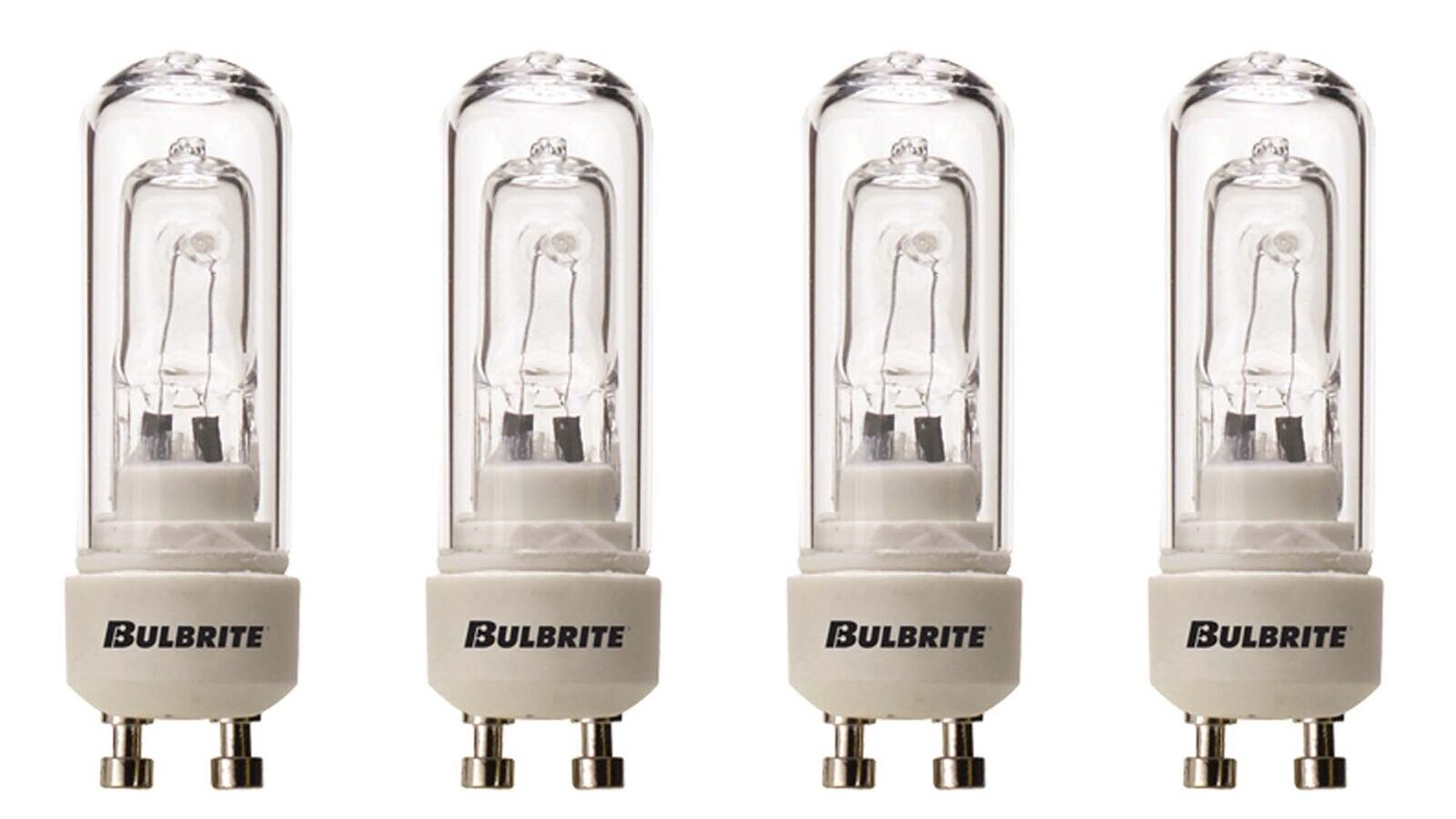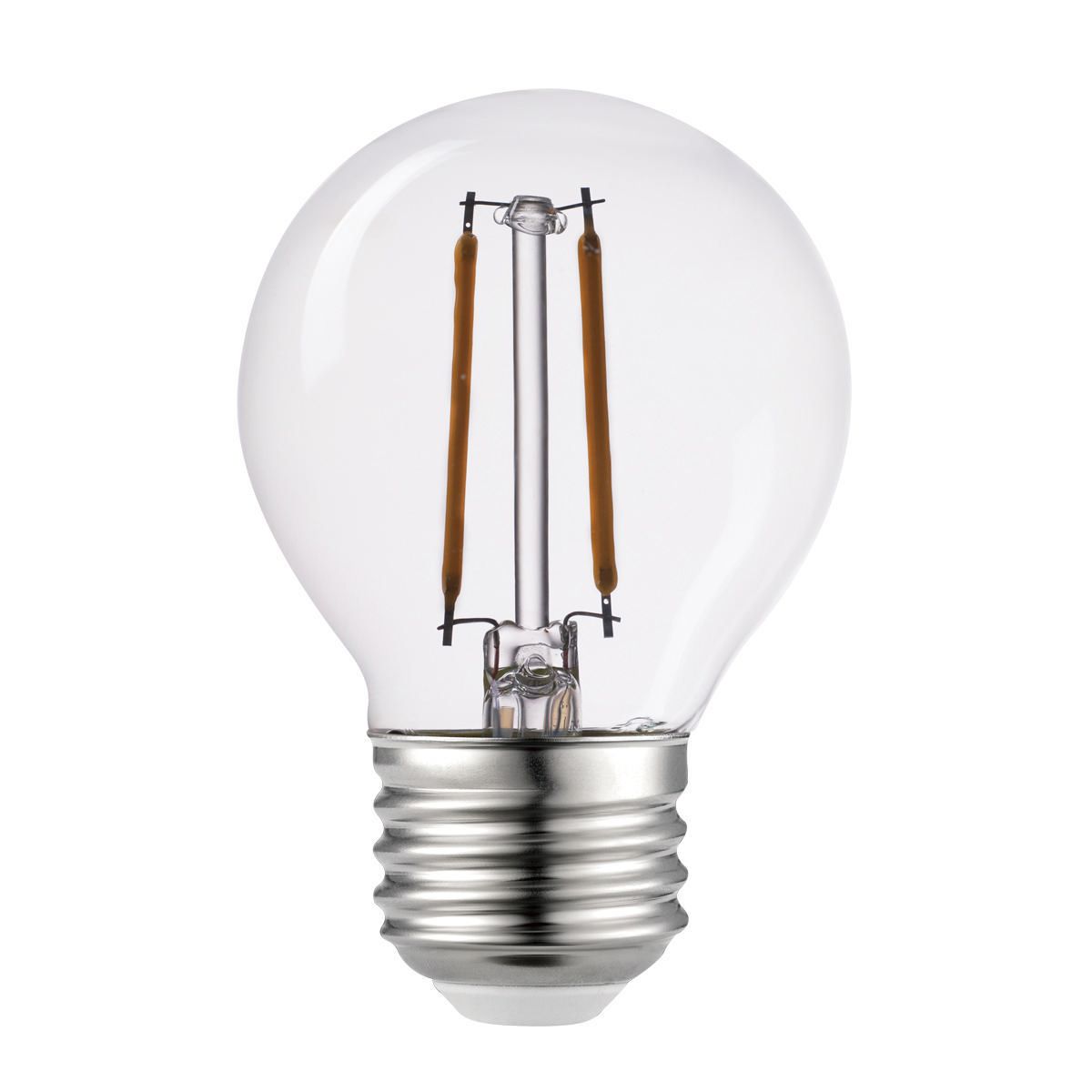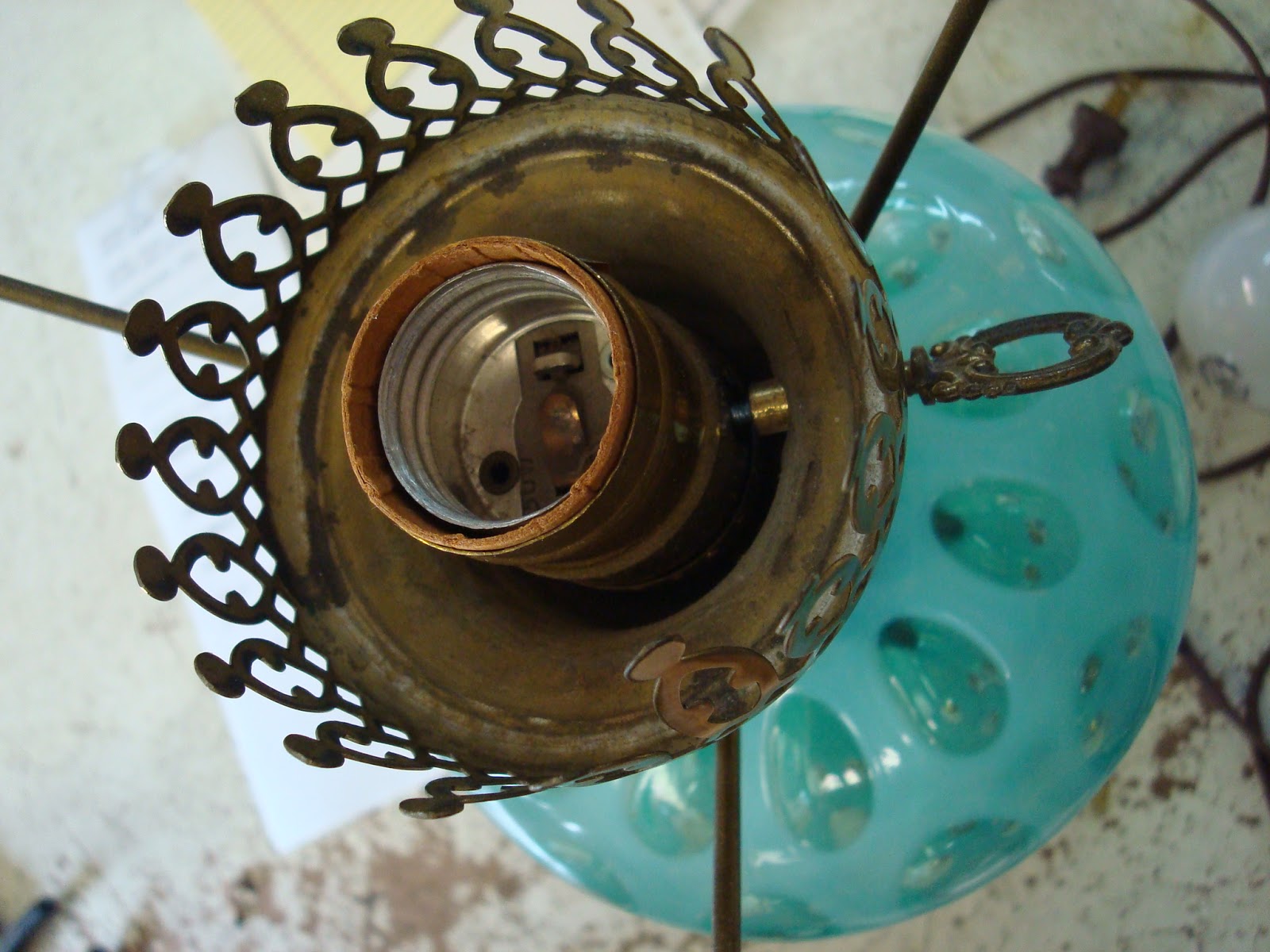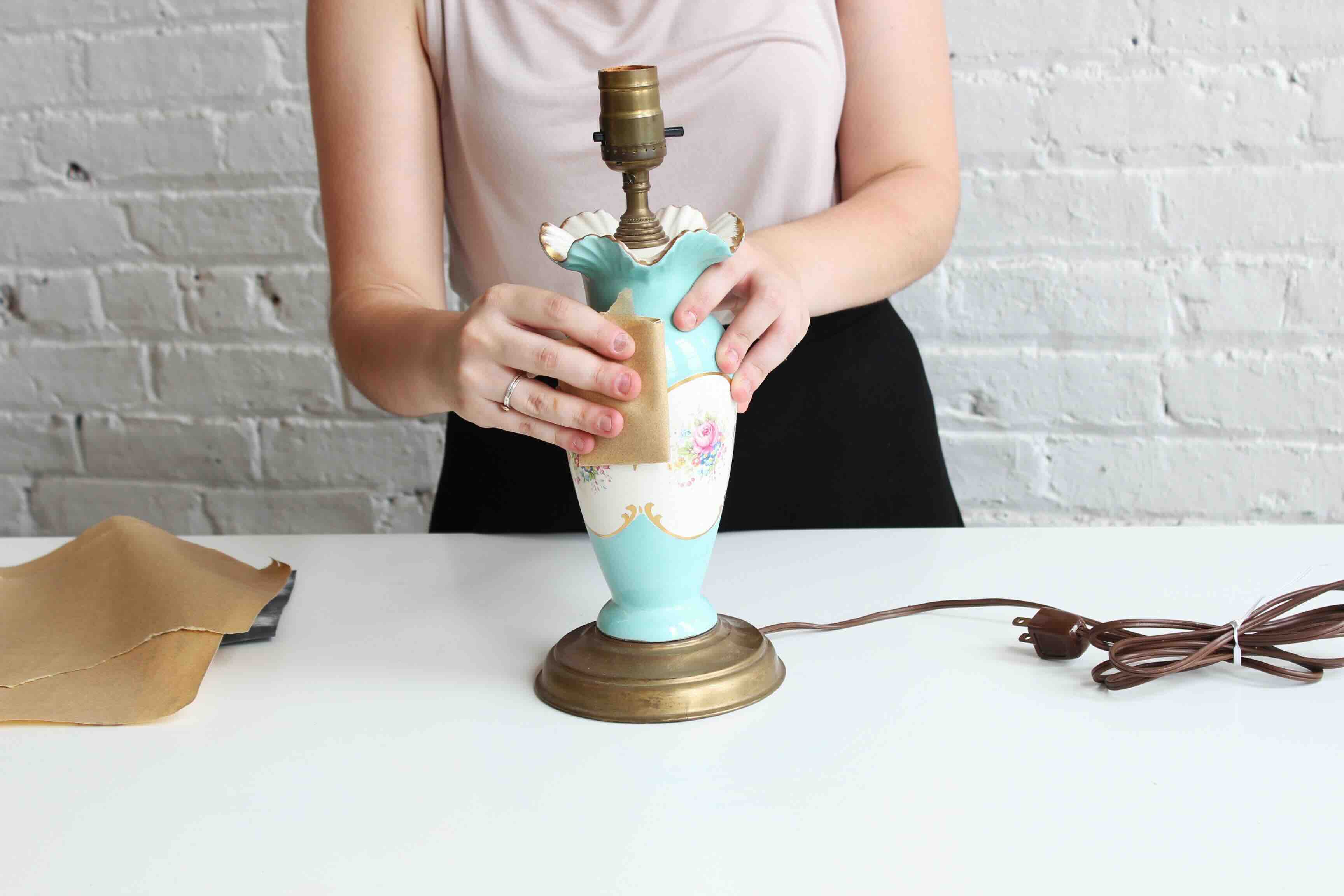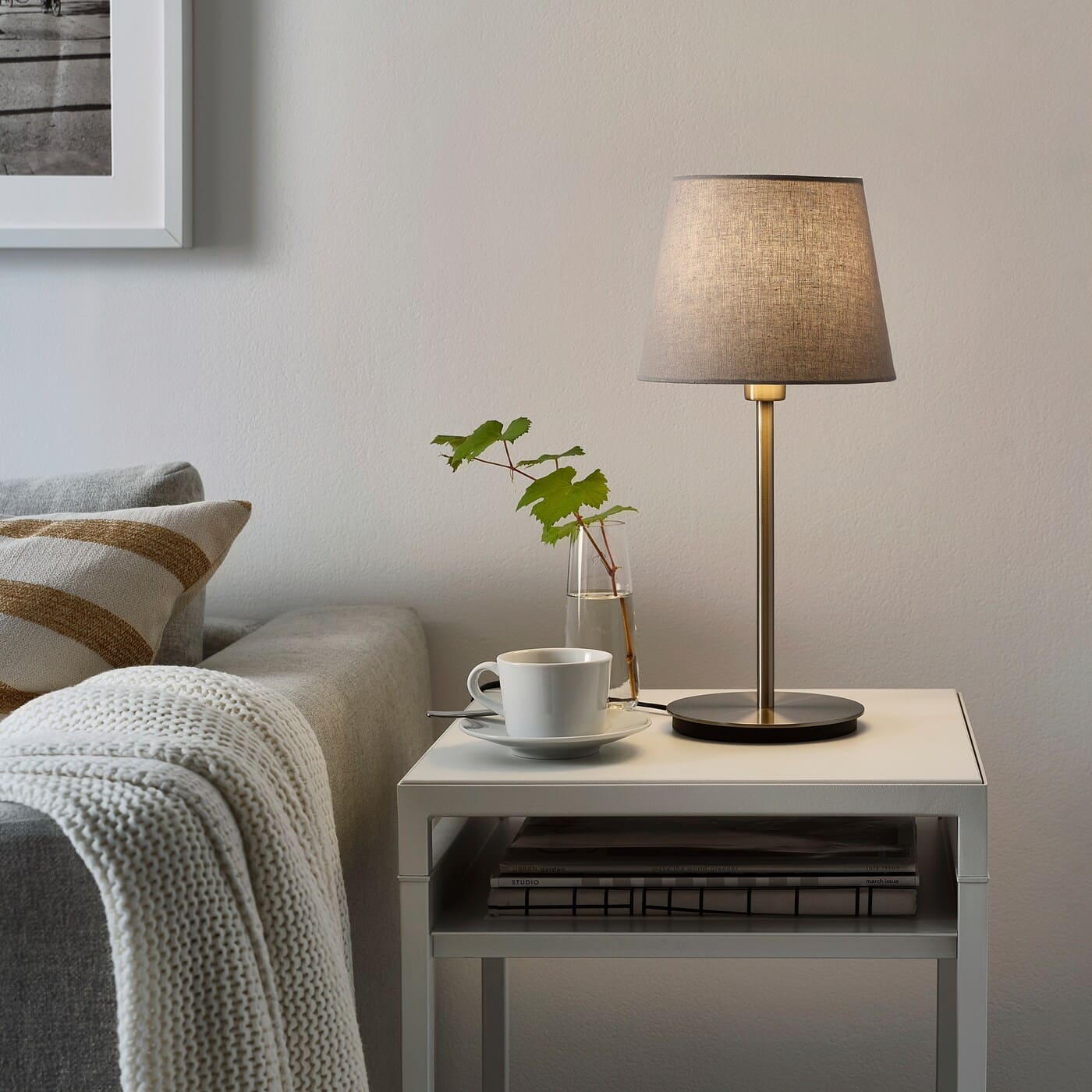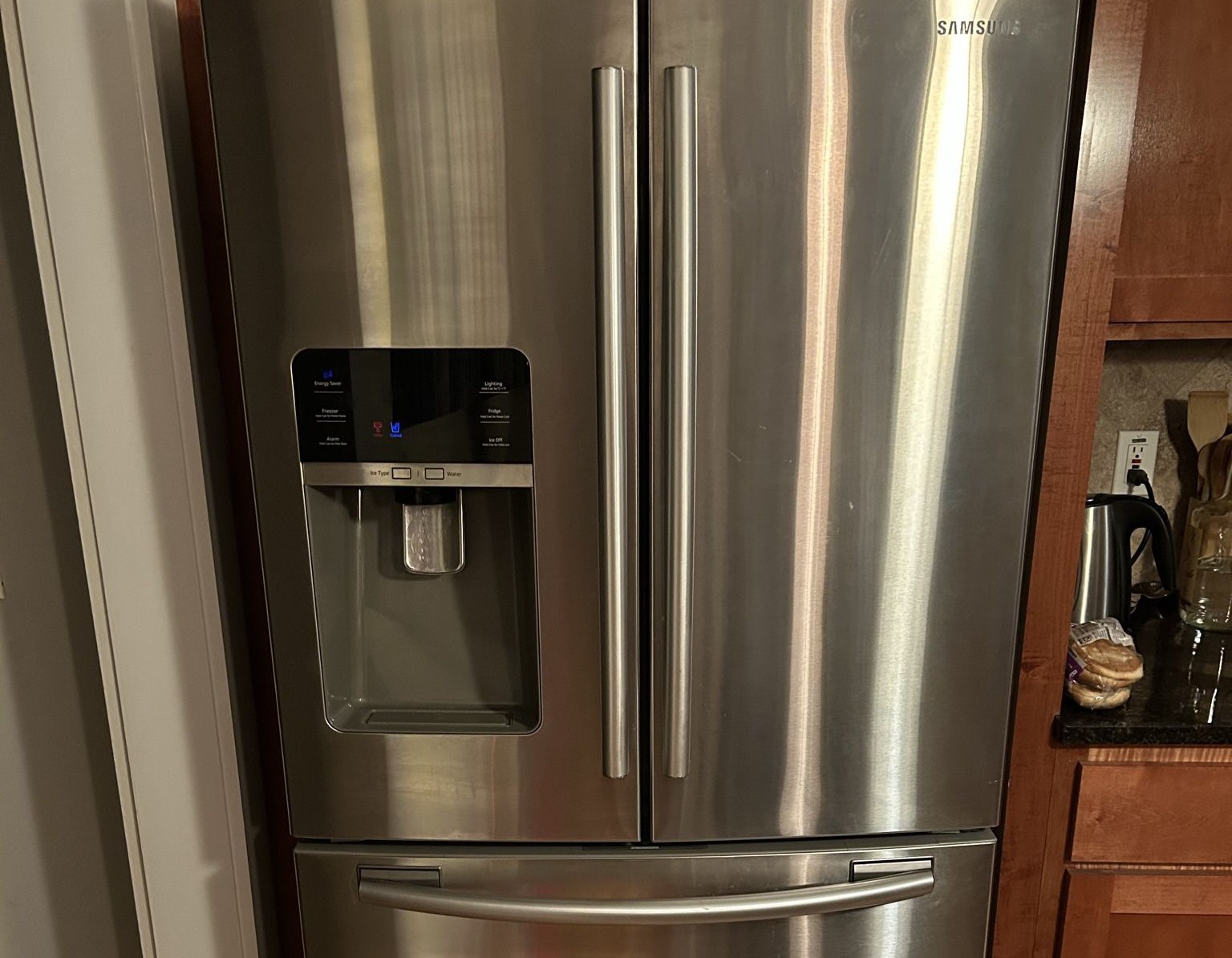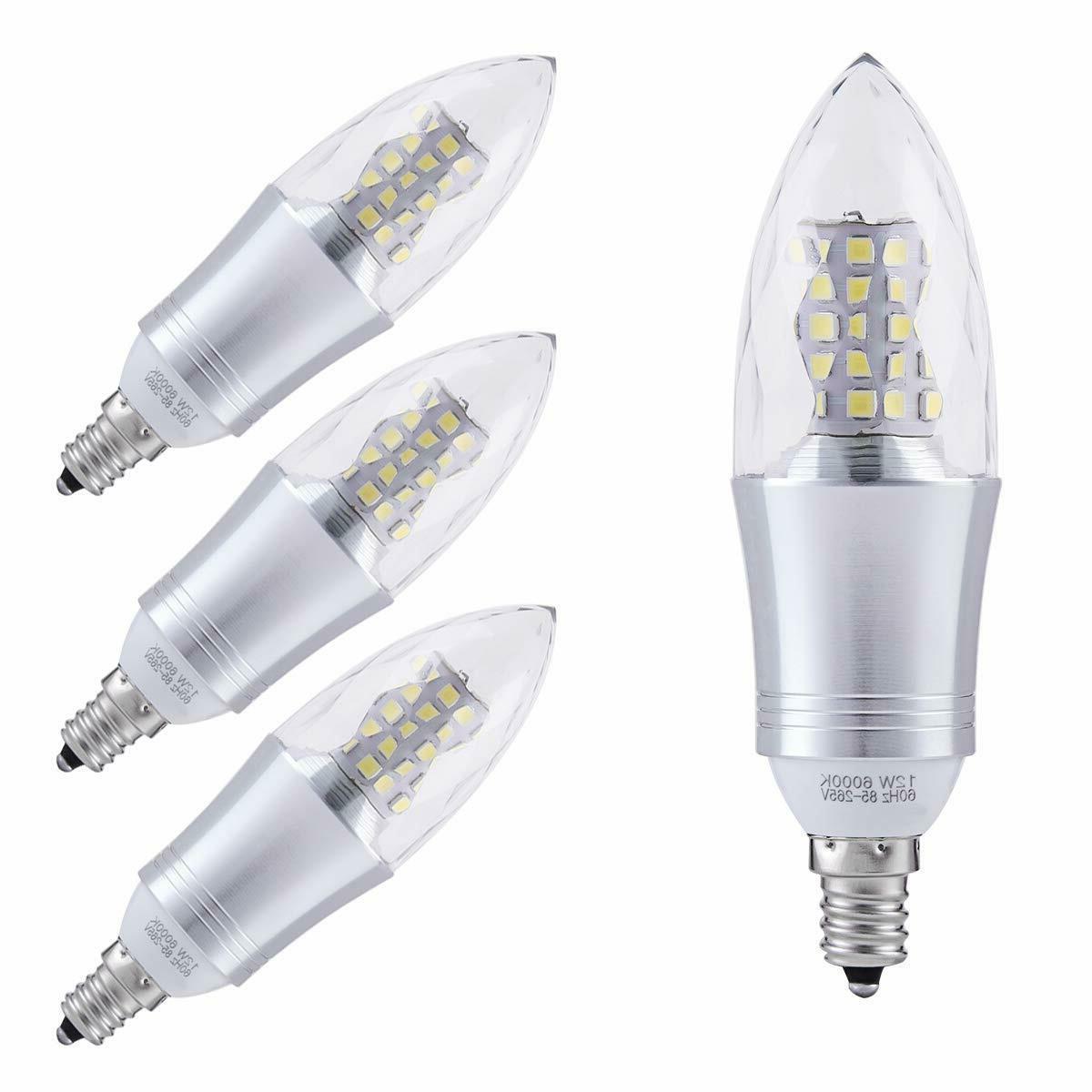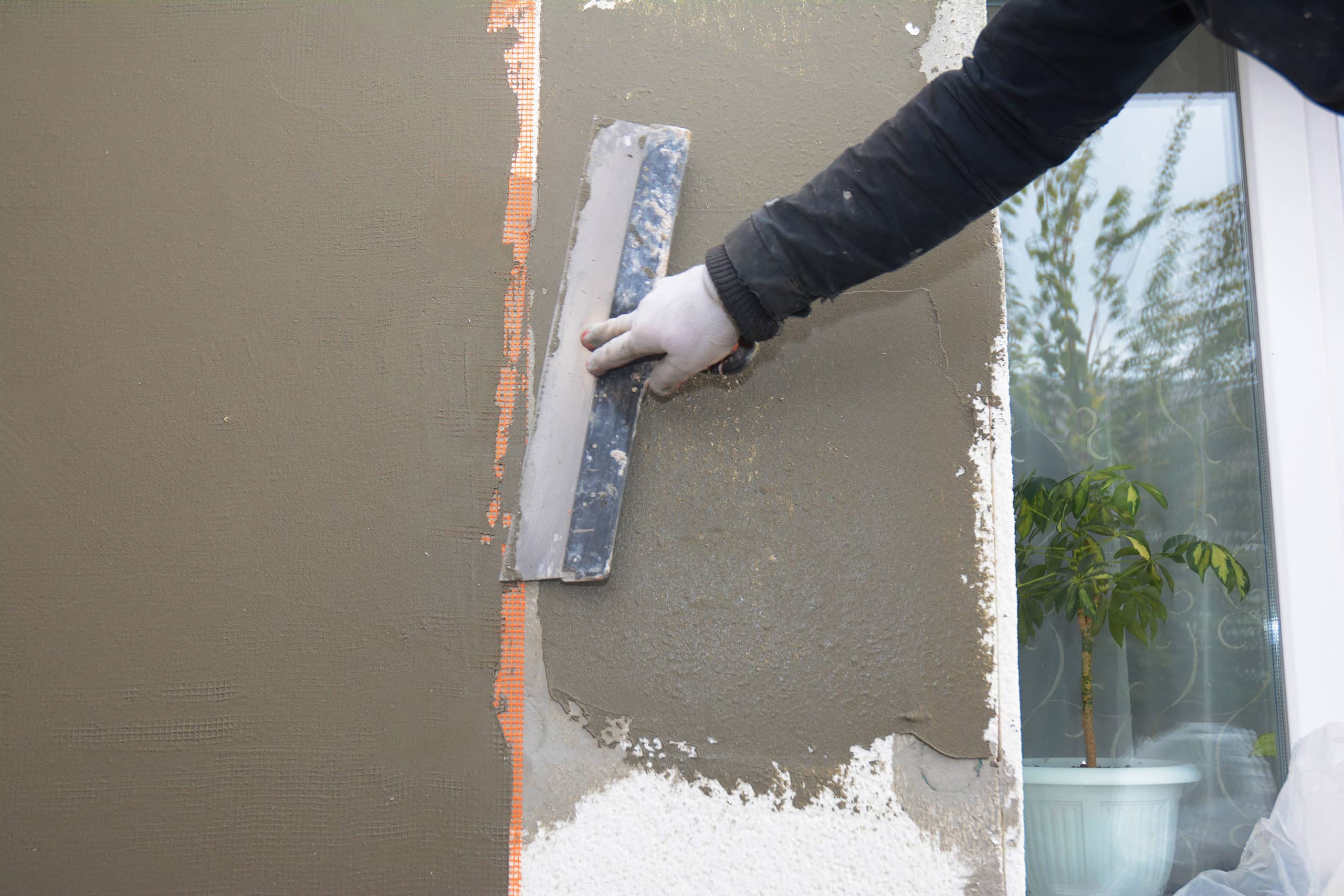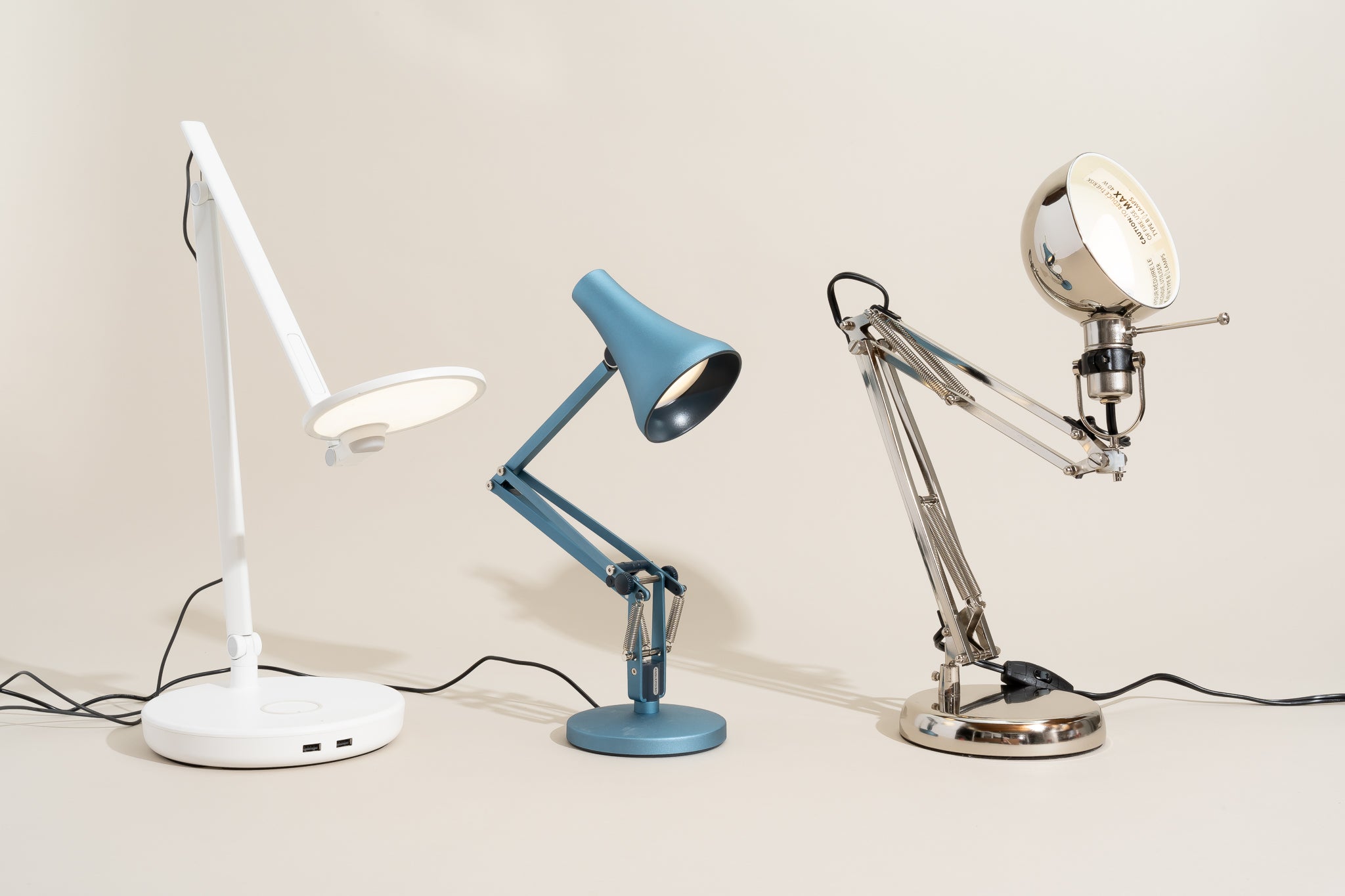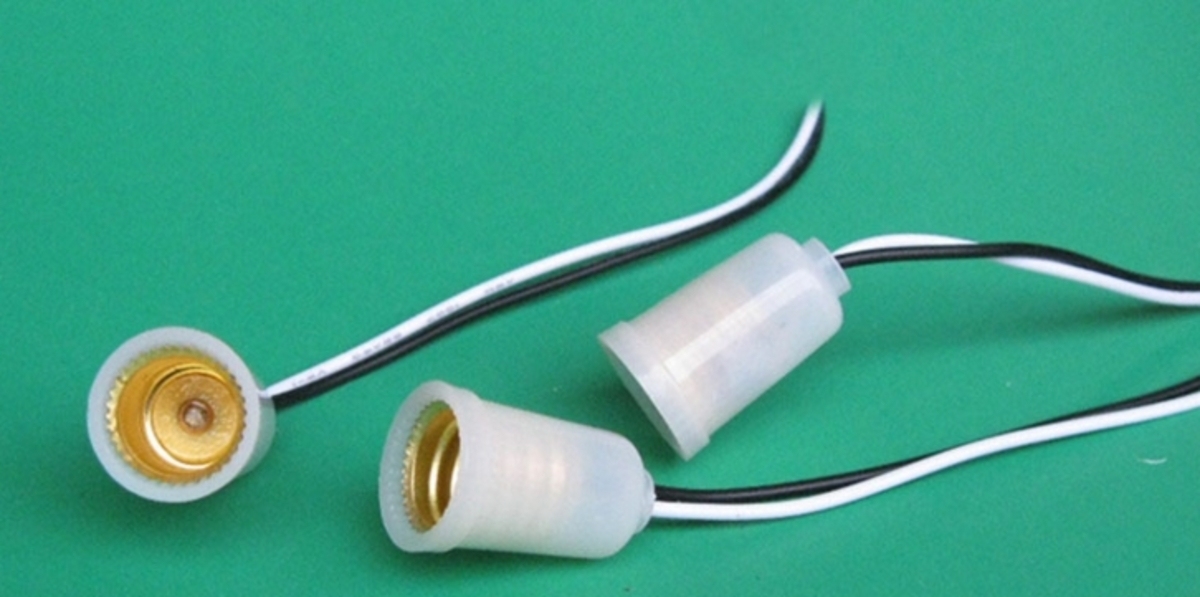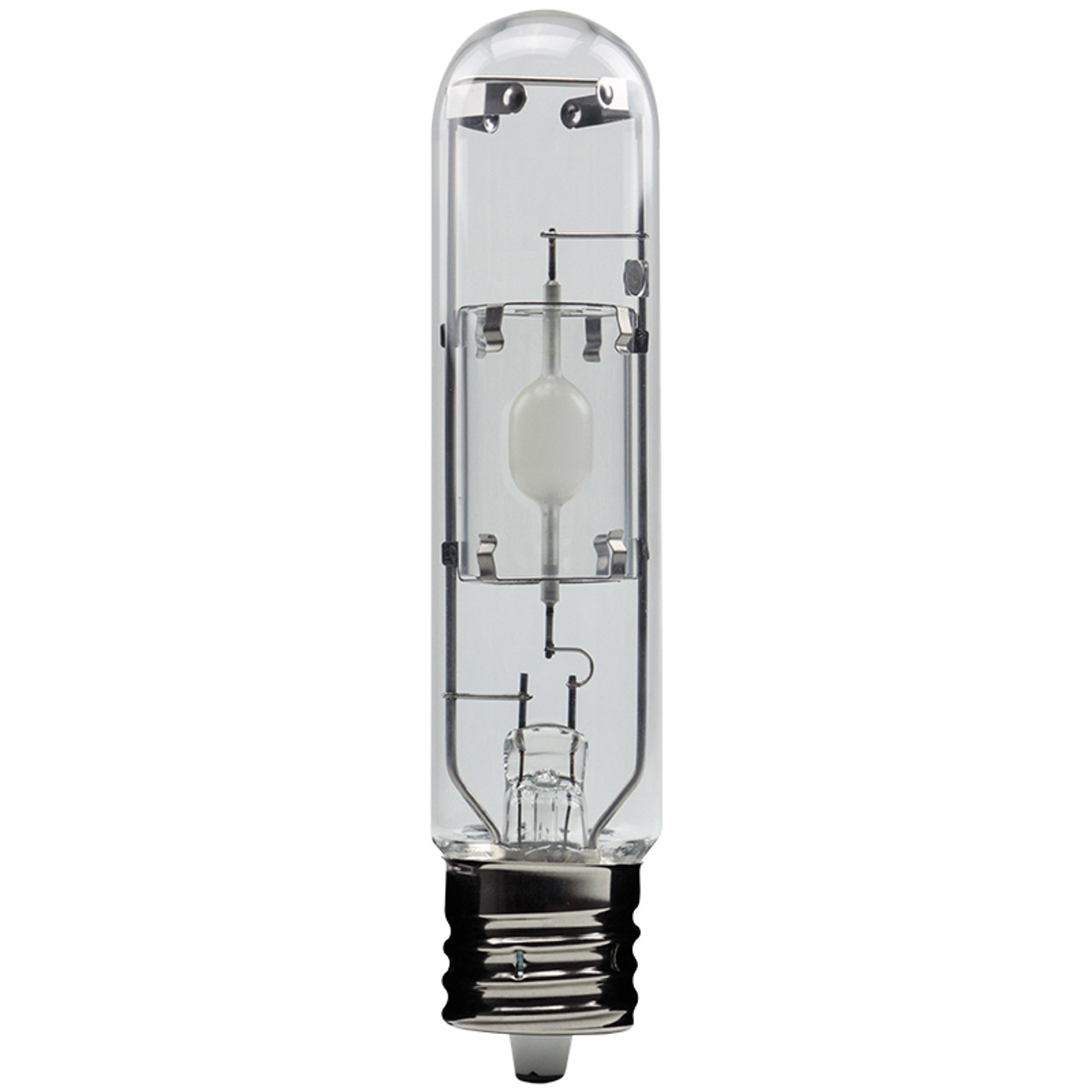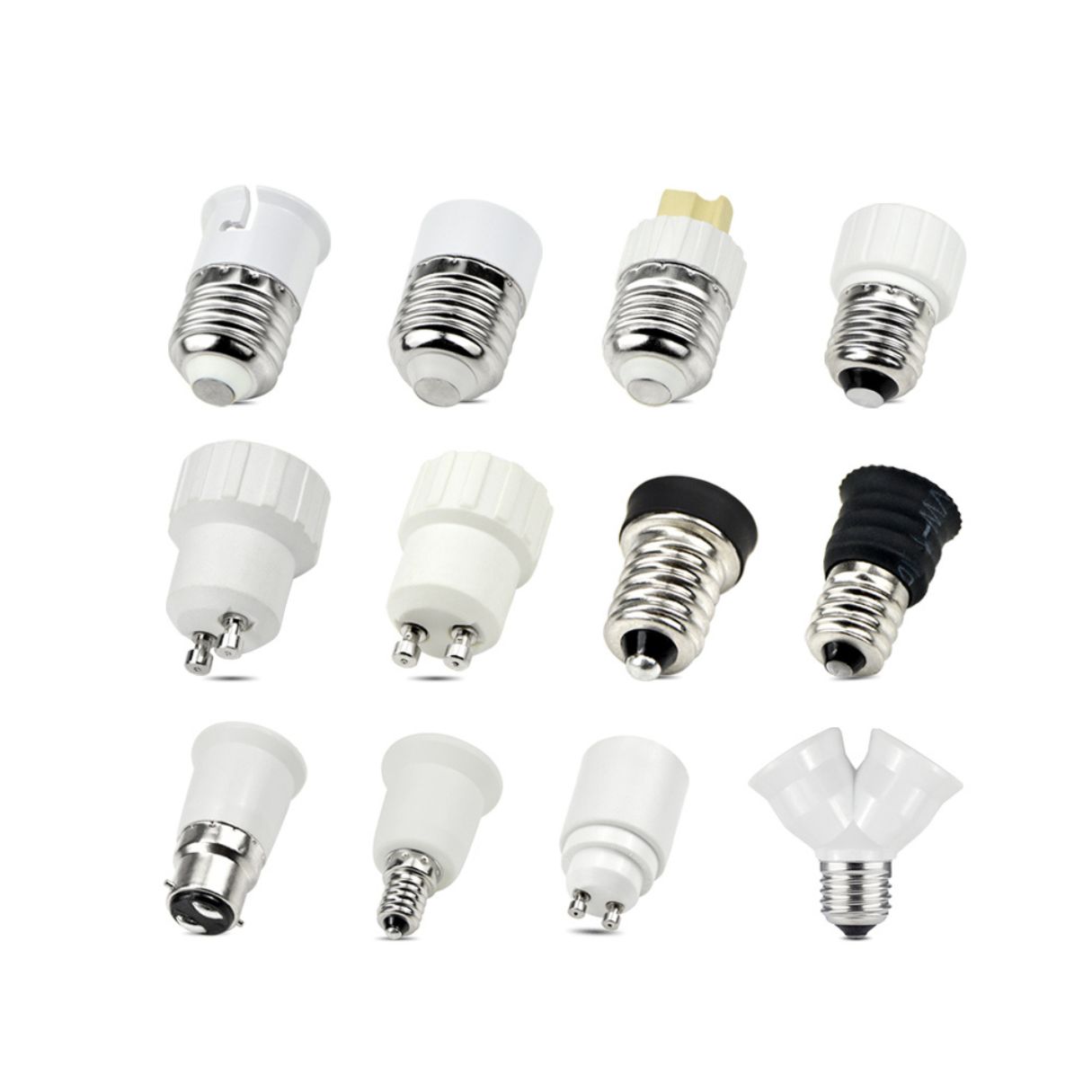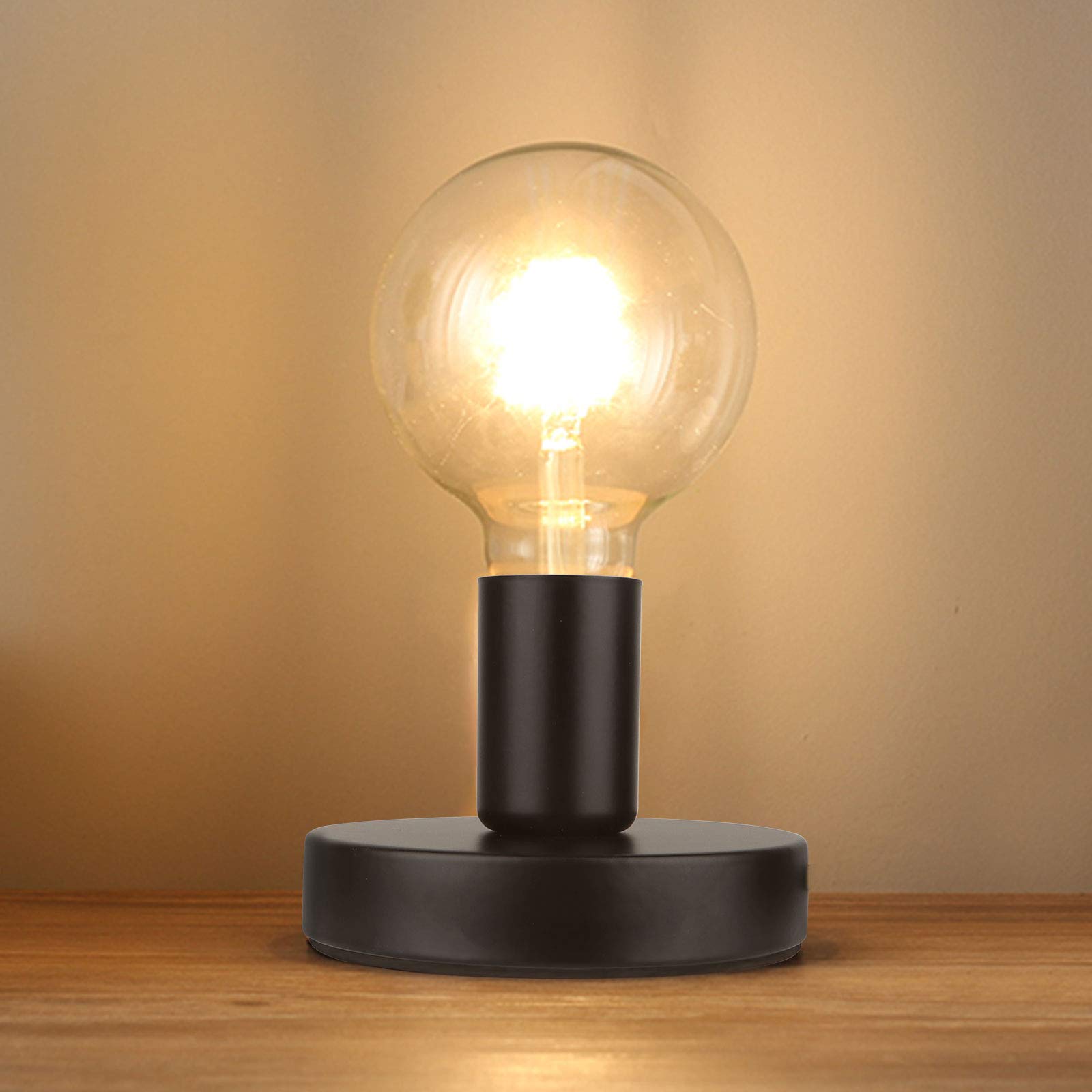

Furniture
What Is An E26 Lamp Base
Modified: February 26, 2024
Discover the benefits of an E26 lamp base for your furniture. Learn how this versatile lamp base can enhance the look and functionality of your home decor.
(Many of the links in this article redirect to a specific reviewed product. Your purchase of these products through affiliate links helps to generate commission for Storables.com, at no extra cost. Learn more)
Introduction
Welcome to the world of interior design and lighting! Choosing the right lamps and fixtures can greatly enhance the ambience and functionality of your space. One crucial component of any lighting fixture is the lamp base, which not only holds the light bulb in place but also determines the type and style of bulb that can be used.
In this article, we will delve into the world of E26 lamp bases and uncover their characteristics, uses, advantages, and disadvantages. Whether you are a seasoned interior designer or a curious homeowner looking to upgrade your lighting, this article will provide you with valuable insights into the world of E26 lamp bases.
So, let’s get started and discover what exactly an E26 lamp base is and why it plays a fundamental role in lighting design.
Key Takeaways:
- E26 lamp bases are versatile, widely available, and easy to install, making them a popular choice for various lighting fixtures in both residential and commercial spaces.
- While E26 lamp bases offer compatibility and versatility, they have limitations in size and heat dissipation, requiring consideration when selecting and installing lighting fixtures.
Read more: What Is An E26 Base Light Bulb
Definition of an E26 Lamp Base
The term “E26” refers to the standard lamp base size used in North America, while “E27” is the European counterpart. The “E” stands for Edison, paying homage to Thomas Edison, the inventor of the incandescent light bulb. The number following the letter “E” denotes the diameter of the base in millimeters. Therefore, an E26 lamp base has a diameter of approximately 26 millimeters.
An E26 lamp base consists of a threaded socket that connects to the electrical wiring and a metal or plastic housing that holds the light bulb securely in place. The threads on the socket allow the base to be screwed into a compatible fixture, ensuring a tight and stable connection.
E26 lamp bases are designed to accommodate a variety of bulb types, including incandescent, halogen, compact fluorescent (CFL), and LED bulbs. They are most commonly found in table lamps, floor lamps, pendant lights, and ceiling fixtures.
It is important to note that the E26 lamp base is not interchangeable with other types of lamp bases, such as the smaller E12 candelabra base or the larger E39 mogul base. Therefore, when purchasing replacement bulbs or fixtures, it is crucial to check the base size to ensure compatibility.
Now that we have a clear understanding of what an E26 lamp base is, let’s explore its features and why it is a popular choice in lighting design.
Features of an E26 Lamp Base
E26 lamp bases offer several features that make them a preferred choice among architects, designers, and homeowners. Let’s take a closer look at some of their notable features:
- Versatility: One of the key features of E26 lamp bases is their versatility. They can accommodate a wide range of bulb types, making it convenient to switch between different lighting technologies, such as incandescent, CFL, or LED, without having to change the entire fixture. This flexibility allows for easy customization and adaptation to changing lighting needs.
- Wide Availability: E26 lamp bases are widely available in the market, making it convenient to find compatible bulbs and fixtures. Whether you are shopping online or visiting a local lighting store, you are likely to come across a wide variety of options that cater to your specific design preferences and lighting requirements.
- Easy Installation: Installing an E26 lamp base is relatively straightforward. The threaded socket allows for a simple screw-in connection, ensuring a secure fit. This ease of installation makes it convenient for both professionals and DIY enthusiasts to set up their lighting fixtures efficiently.
- Durability: E26 lamp bases are designed to be durable and long-lasting. Constructed from high-quality materials, such as metal or heat-resistant plastic, they can withstand daily use and provide a reliable connection for the light bulb. This durability ensures a stable and safe lighting experience.
- Compatibility: The standardized size of E26 lamp bases ensures compatibility with a wide range of fixtures. Whether you are replacing a bulb in a table lamp, a pendant light, or a ceiling fixture, chances are that an E26 base will fit seamlessly into the existing socket. This compatibility simplifies the process of upgrading or replacing bulbs.
With their versatility, availability, ease of installation, durability, and compatibility, it is no wonder that E26 lamp bases are a popular choice in lighting design. In the next section, we will explore the common uses of E26 lamp bases and the advantages they offer.
Common Uses of an E26 Lamp Base
E26 lamp bases are widely utilized in various lighting fixtures for both residential and commercial spaces. Their versatility and compatibility make them suitable for a range of applications. Let’s explore some of the common uses of E26 lamp bases:
- Table Lamps: E26 lamp bases are frequently found in table lamps, adding both functionality and aesthetic appeal to living rooms, bedrooms, and offices. Whether you prefer a traditional, modern, or eclectic style, E26 lamp bases can accommodate a variety of bulb types, allowing you to create the perfect ambiance in your space.
- Floor Lamps: Floor lamps are versatile lighting fixtures that can enhance the overall lighting scheme in a room. E26 lamp bases are commonly used in floor lamps because they offer a wide array of bulb options, allowing you to customize the brightness and color temperature based on your preferences.
- Pendant Lights: E26 lamp bases are also prevalent in pendant lights, which are popular for illuminating kitchen islands, dining tables, and entryways. Pendant lights with E26 bases provide flexibility in terms of bulb selection, allowing you to create focused task lighting or soft ambient lighting, depending on the desired effect.
- Ceiling Fixtures: Many types of ceiling fixtures, including flush mount and semi-flush mount lights, utilize E26 lamp bases. Whether you are illuminating a hallway, bedroom, or kitchen, these fixtures with E26 bases offer a wide range of design options and can be easily customized with different bulb types to achieve the desired lighting atmosphere.
- Outdoor Lighting: E26 lamp bases are not limited to indoor use; they are also commonly used in outdoor lighting fixtures such as wall sconces, post lights, and hanging lanterns. Due to their compatibility with various bulb technologies, E26 lamp bases provide the flexibility to choose weather-resistant bulbs for outdoor applications.
From table lamps and floor lamps to pendant lights, ceiling fixtures, and outdoor lighting, E26 lamp bases offer a versatile solution for a broad range of lighting needs. In the next section, we will explore the advantages and disadvantages of using E26 lamp bases in your lighting fixtures.
Advantages and Disadvantages of an E26 Lamp Base
E26 lamp bases offer several advantages that make them a popular choice in lighting design. However, like any other product, they also have certain disadvantages. Let’s take a closer look at the advantages and disadvantages of E26 lamp bases:
Read also: 12 Best E26 LED Bulb for 2025
Advantages:
- Compatibility: E26 lamp bases are widely compatible with a range of fixtures, allowing for easy replacement or upgrade of bulbs without the need to change the entire lighting fixture. This compatibility makes it convenient to find and install compatible bulbs, ensuring flexibility in lighting design.
- Versatility: With E26 lamp bases, you have the freedom to choose from a wide variety of bulb types, including incandescent, CFL, and LED. This versatility enables you to customize the lighting to suit your needs, whether you want bright task lighting or warm ambient lighting.
- Availability: E26 lamp bases are readily available in the market. You can find an extensive selection of compatible bulbs and fixtures both online and in brick-and-mortar stores. This availability ensures that you can easily find the right components for your lighting needs.
- Easy Installation: Installing an E26 lamp base is a straightforward process. The threaded socket allows for a simple screw-in connection, eliminating the need for complex wiring or electrical expertise. This ease of installation makes it accessible for both professionals and DIY enthusiasts.
- Interchangeability: Another advantage of E26 lamp bases is their interchangeability. Since they are widely used in various lighting fixtures, you can easily switch bulbs between different fixtures without compatibility issues. This flexibility allows for convenient bulb replacement or experimentation with different lighting styles.
Disadvantages:
- Size Limitation: One of the main disadvantages of E26 lamp bases is their size limitation. The standard diameter restricts the size of bulbs that can be used. If you require a larger or smaller bulb, you would need to explore lamp bases with different sizes, such as the E12 candelabra base or the E39 mogul base.
- Heat Dissipation: Another disadvantage of E26 lamp bases is the issue of heat dissipation, especially when using high wattage bulbs. Since the base is made of metal or plastic, it may become hot during prolonged use, potentially causing discomfort or posing a risk of burns if touched accidentally. It is important to choose bulbs with appropriate wattage and consider fixtures with proper ventilation for heat dissipation.
- Limited Design Styles: While E26 lamp bases offer versatility in bulb selection, the design options for the base itself may be limited compared to other lamp base types. If you are looking for unique or specialized designs, you may need to explore alternative lamp base options that align with your specific design preferences.
- Regional Compatibility: E26 lamp bases are predominantly used in North America. If you are located in a region that follows the European standards, you may need to look for E27 lamp bases instead. It’s essential to ensure compatibility with the electrical standards and fixtures in your region.
Understanding the advantages and disadvantages of E26 lamp bases can help you make informed decisions when selecting lighting fixtures for your space. In the next section, let’s compare E26 lamp bases to other lamp base types to further explore their distinct features and benefits.
Comparison with Other Lamp Bases
When it comes to lamp bases, there are various options available, each with its own unique features and benefits. Let’s compare the E26 lamp base with two other commonly used lamp base types: the E12 candelabra base and the E39 mogul base.
E26 Lamp Base vs. E12 Candelabra Base:
The E26 lamp base and the E12 candelabra base differ primarily in size and wattage capacity:
- The E26 lamp base has a larger diameter, measuring approximately 26 millimeters, while the E12 candelabra base is smaller, measuring approximately 12 millimeters. This size difference limits the bulb options available for each base.
- The E26 lamp base can accommodate bulbs with higher wattages compared to the E12 candelabra base. This means that if you require brighter lighting or need to use bulbs with higher power, the E26 base would be the more suitable choice.
- The E12 candelabra base is commonly used in decorative lighting fixtures such as chandeliers, sconces, and certain table lamps. These fixtures typically require smaller, lower wattage bulbs to create a subtle and ambiance-enhancing lighting effect.
- While the E26 lamp base offers greater versatility in bulb options and is more commonly used in general lighting fixtures, the E12 candelabra base specializes in decorative lighting applications.
Read also: 11 Amazing E17 To E26 Light Socket for 2025
E26 Lamp Base vs. E39 Mogul Base:
When comparing the E26 lamp base with the E39 mogul base, the main differences lie in size and applications:
- The E26 lamp base has a smaller diameter, while the E39 mogul base has a larger diameter, typically around 39 millimeters. This size difference greatly affects the bulb options available for each base.
- The E26 lamp base is commonly used in standard residential and commercial lighting fixtures, offering a wide range of bulb options. On the other hand, the E39 mogul base is mainly utilized in industrial and high-intensity lighting applications where large, high-output bulbs are required.
- The E39 mogul base is typically found in fixtures such as high bay lights, street lights, and industrial lighting solutions. These fixtures require powerful bulbs to provide bright and focused illumination in large spaces.
- While the E26 lamp base is versatile and widely used for general lighting purposes, the E39 mogul base is specialized for high-intensity applications that demand powerful lighting.
By understanding the differences between E26 lamp bases, E12 candelabra bases, and E39 mogul bases, you can determine which lamp base best suits your specific lighting needs and preferences.
When purchasing a light bulb, make sure to check the base type. An E26 lamp base, also known as a medium base, is the most common type and is compatible with many fixtures.
How to Install an E26 Lamp Base
Installing an E26 lamp base is a straightforward process that can be completed in just a few simple steps. Whether you are replacing a damaged lamp base or installing a new one, here is a step-by-step guide to help you:
- Ensure Safety: Before beginning the installation process, make sure to turn off the power to the fixture at the main electrical panel to avoid any electrical hazards.
- Remove the Old Lamp Base (if applicable): If you are replacing an existing lamp base, begin by disconnecting the electrical wiring from the old base. Depending on the fixture, this may involve unscrewing wire connectors or undoing screws holding the base in place.
- Prepare the Wires: Strip the insulation off the end of the electrical wires, exposing about 1/2 inch of wire for proper connection.
- Attach the Wires: Align the exposed ends of the wires with the corresponding terminals on the new E26 lamp base. Typically, the black (hot) wire connects to the brass-colored terminal, and the white (neutral) wire connects to the silver-colored terminal. Follow any additional instructions provided by the manufacturer.
- Secure the Connections: Once the wires are in place, firmly tighten the terminal screws using a screwdriver to ensure a secure and stable connection. Avoid over-tightening, as it may damage the wires or the lamp base.
- Insert the Lamp Base: With the wires properly connected, carefully insert the E26 lamp base into the socket or housing of the light fixture. Make sure the base is aligned correctly, and the threads on the base match the threads inside the fixture.
- Screw in the Base: Gently rotate the E26 lamp base in a clockwise direction to screw it into the fixture. Tighten it until it is snug and securely in place, but be careful not to overtighten, as it may damage the fixture or the lamp base.
- Test the Connection: Once the lamp base is properly secured, turn on the power to the fixture and test the connection by turning on the light. If the bulb illuminates as intended, congratulations, you have successfully installed the E26 lamp base!
It is important to note that if you are unsure about any aspect of the installation process, it is advisable to consult a qualified electrician to ensure proper installation and safety.
With these simple steps, you can confidently install an E26 lamp base and enjoy the benefits of your newly installed lighting fixture. Now that you know how to install an E26 lamp base, let’s conclude our article with some final thoughts.
Conclusion
In conclusion, the E26 lamp base plays a crucial role in lighting design, providing a secure connection for various bulb types and enabling customization in both residential and commercial spaces. Its versatility, wide availability, and ease of installation make it a preferred choice among architects, designers, and homeowners.
We explored the definition of an E26 lamp base and learned that it is a standardized base size used in North America, with a diameter of approximately 26 millimeters. Its compatibility with different bulb technologies, such as incandescent, CFL, and LED, makes it a versatile option for creating the perfect lighting ambiance.
We also discussed the features of E26 lamp bases, including their compatibility, versatility, ease of installation, durability, and wide availability. These features make them convenient to use and allow for easy customization in various lighting fixtures.
Additionally, we examined the common uses of E26 lamp bases, such as in table lamps, floor lamps, pendant lights, ceiling fixtures, and outdoor lighting applications. By understanding their applications, we can select the appropriate fixtures to suit our specific lighting needs.
Furthermore, we explored the advantages and disadvantages of E26 lamp bases, recognizing their compatibility, versatility, availability, easy installation, and interchangeability. We also considered factors such as size limitation, heat dissipation, design styles, and regional compatibility as potential drawbacks to be aware of.
Lastly, we compared E26 lamp bases to other lamp base types, including the E12 candelabra base and the E39 mogul base, highlighting their unique features, applications, and size differences.
By following the simple installation steps discussed, you can confidently install an E26 lamp base and enjoy the benefits of a well-lit space. However, if you have any concerns or are unsure about the installation process, it is always recommended to seek assistance from a qualified electrician.
In conclusion, the E26 lamp base is a reliable and versatile component in lighting design, offering endless possibilities to enhance the atmosphere and functionality of any space. So go ahead and explore the vast selection of bulbs and fixtures compatible with E26 lamp bases to create the perfect lighting experience for your home or business.
Frequently Asked Questions about What Is An E26 Lamp Base
Was this page helpful?
At Storables.com, we guarantee accurate and reliable information. Our content, validated by Expert Board Contributors, is crafted following stringent Editorial Policies. We're committed to providing you with well-researched, expert-backed insights for all your informational needs.
